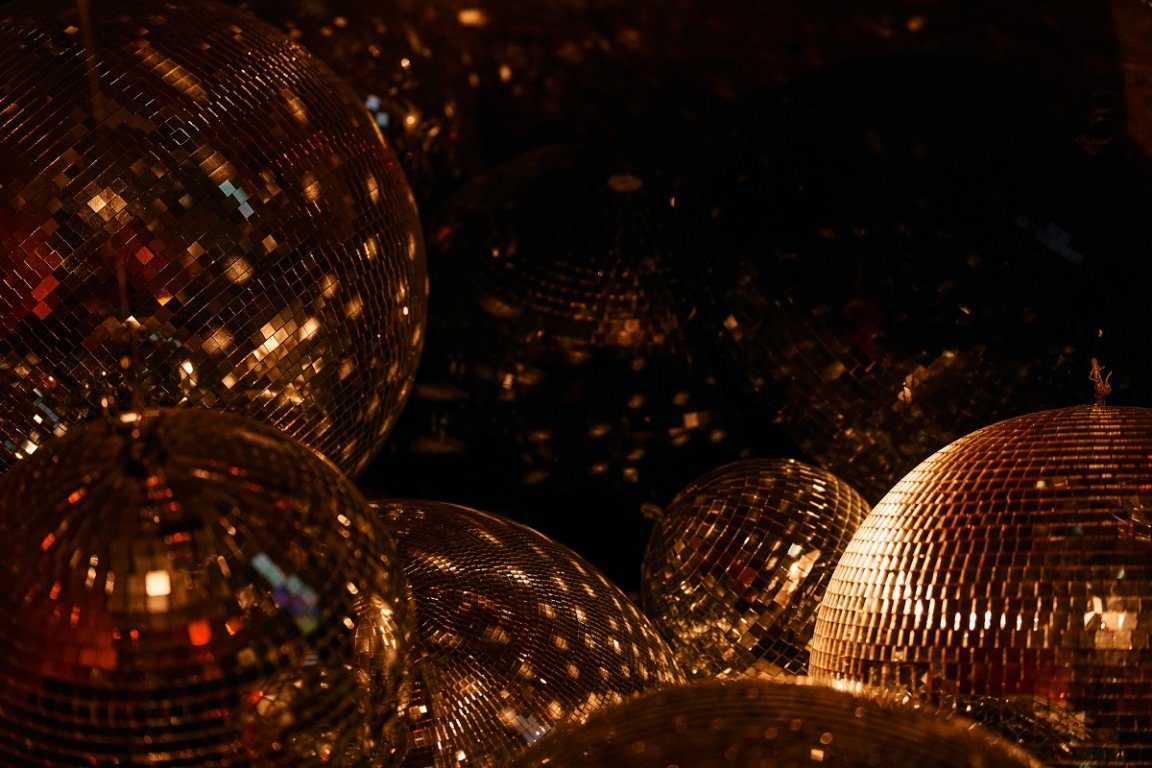
Disco Fever
While disco balls in space have been a thing for decades, some astronomers are arguing in a new paper that the mirrored delights should also be placed in universities and scientific facilities as well.
In a yet-to-be-peer-reviewed new paper submitted to the journal Physics Education, a group of Scandinavian astronomers argue that festive disco balls could operate like the pinhole cameras used to safely view solar eclipses so that the Sun can be observed in an “easy and fun” way.
“For astronomical purposes, the optics of disco balls are similar to the optics of the better-known pinhole camera,” the paper’s authors wrote, explaining that disco balls are “collections of what are known as pinhead mirrors,” or flat mirrors similar to those inside cameras, that are “each the reflective equivalent of a pinhole camera aperture.”
While pinhole cameras are often used “as an inexpensive and safe way to observe the solar eclipses or to observe sunspots,” the pinhead mirrors that decorate disco balls have much less often been used in a similar manner, with the researchers only finding a few instances of experiments that used them.
Although it’s easy enough to create a pinhead mirror either by “breaking or covering larger mirrors,” disco balls offer a much safer and cheaper alternative because they’re “readily available at remarkably low prices,” the paper argues.
“Additionally, their associations to concerts, discotheques, and parties make them interesting and unexpected objects for demonstrating physics to schoolchildren and the general public,” the researchers added.
Reflective Surfaces
As photos and diagrams from the paper illustrate, placing a mirror ball inside a room with the Sun shining in through a window projects small images of it all over the walls, much the same way the lights of a club are reflected onto the walls and dancers around and below the disco ball.
To test out their boldly simple theory, the researchers placed a disco ball on a column in the middle of a room where the Sun would catch it, at an undisclosed university between March and May 2023. Not only did the mirror ball successfully reflect images of the Sun all over the room, but it also was reportedly popular with university visitors.
“In particular,” they wrote, “children enjoyed the opportunity of spinning the ball and watching the reflected images move across the walls.”
With a total solar eclipse coming up in April 2024, the astronomers were not only motivated to find safe ways for people to view the stunning event, but also for them to view it en masse, which makes it far more accessible than pinhole cameras, which can only be used by one person at a time.
“We believe that the disco ball is a versatile and engaging tool for educational purposes,” the researchers wrote, “deserving wider use both for classroom demonstrations and for public events.”
More on the Sun: NASA’s Solar Probe Survived Flying Right Through Massive Sun Explosion